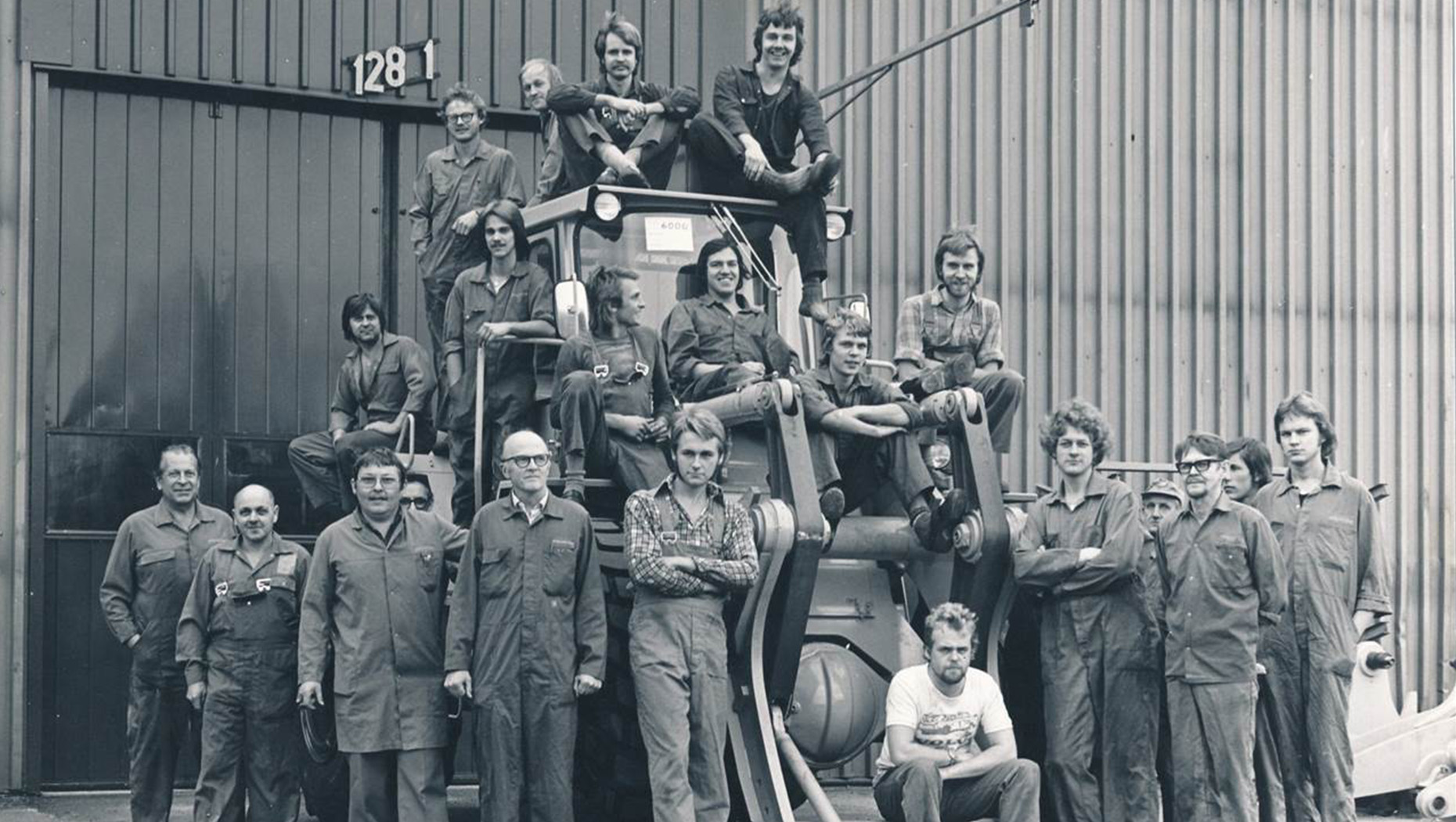
Volvo, a renowned automotive brand, has a rich history that spans over decades. From its humble beginnings in 1927 to its present-day global presence, Volvo has continuously evolved and expanded its manufacturing capabilities. In this article, we will explore the timeline of Volvo’s production facilities and discover where Volvo cars are made.
Timeline
1927: Volvo is founded
In 1927, Volvo introduced its first series-manufactured car, the Volvo ÖV4. This iconic vehicle rolled off the production line on the island of Hisingen, Göteborg in Sweden. This marked the beginning of Volvo’s journey towards becoming a leading automotive manufacturer.
1940-1945: Rapid expansion
During the war years, Volvo experienced rapid expansion. The company acquired Svenska Flygmotor, later named Volvo Aero, and ventured into the aviation industry. Additionally, Volvo purchased Köpings Mekaniska Verkstad, an engineering company specializing in gears and gearboxes. In 1950, Volvo expanded further by acquiring AB Bolinder-Munktell, a construction equipment manufacturer.
1964-1969: More capacity
To meet the growing demand for cars and trucks, Volvo opened two new manufacturing plants. One was located in Torslanda, Sweden, while the other was in Alsemberg near Brussels, Belgium. These plants ensured that Volvo had sufficient production capacity, solidifying its position as a prominent global automotive manufacturer. During this period, Volvo also opened a new diesel engine plant in Skövde, Sweden, and expanded its operations to Australia and Malaysia.
1977: From Sweden to Europe
With the establishment of a second truck manufacturing plant in Belgium, Volvo transformed into a truly European company. It shifted from being predominantly Swedish to having a Swedish base with a strong European presence. Volvo also opened new plants in Borås and Vara, Sweden, specializing in bus and engine production, respectively.
1980-1982: Time of acquisitions
During this period, Volvo focused on strategic acquisitions. The company acquired Beijerinvest AB, which had interests in oil trading and the food industry. Volvo also acquired the White Motor Corporation in the USA and AB Höglund & Co, a Swedish company specializing in bus bodies. To expand its presence in Brazil and Sweden, Volvo opened new plants for bus chassis, trucks, and assembly.
1993-1994: New board – new strategy
In 1993, Volvo experienced a significant shift in its strategy. Following a debate and subsequent divorce from the Renault Group, a new board was elected in 1994. Volvo decided to divest everything not directly associated with vehicles or transport, focusing solely on its core operations.
1999: New orientation – more brands
In 1999, Volvo underwent a major restructuring. Volvo Cars, the crown jewel of the company, was sold to the Ford Motor Company. This enabled the creation of a new Volvo Group, concentrating on the commercial automotive industry. The Volvo Group acquired RVI/Mack, adding two new brands, Mack and Renault Trucks, to its portfolio.
2001-2008: Asia is growing
Asia emerged as a significant market for the Volvo Group during this period. With the acquisition of Nissan Diesel, Japan became the largest market in Asia for the company. Volvo also expanded its operations in China, setting up production facilities and acquiring Lingong, a prominent Chinese construction equipment producer. In India, Volvo formed a joint venture with Eicher Motors, resulting in the establishment of VE Commercial Vehicles Ltd (VECV).
2012: Volvo Aero to GKN
Volvo sold Volvo Aero, its aerospace division, to the British company GKN. With this sale, the Volvo Group focused on positioning its diverse range of brands and clarifying their roles in the market.
2013-2014: Two new brands
In 2013, Volvo entered into a partnership with the Chinese vehicle manufacturer Dongfeng. This partnership led to the creation of a new subsidiary called DFCV, with the Volvo Group acquiring a 45% stake. Additionally, Volvo acquired the Scottish company Terex Equipment, known for its expertise in tipper trucks.
2016: New truck organization
In 2016, the Volvo Group introduced a brand-based organization to enhance commercial accountability. The Group created five separate units: Volvo Trucks, Renault Trucks, Mack Trucks, and Group Trucks Asia & JVs. Each unit took on profit and loss responsibility for their respective business, streamlining operations and optimizing performance.
2019: Autonomous transport solutions
Recognizing the future demand for autonomous transport solutions, Volvo created a new business area known as Volvo Autonomous Solutions in 2019. This business area focuses on accelerating the development, commercialization, and sales of autonomous transport solutions. Volvo aims to provide customers in sectors such as mining, ports, and logistics centers with innovative and reliable autonomous options alongside existing products and services.
FAQs
-
Where is Volvo headquartered?
- Volvo is headquartered in Gothenburg, Sweden. This is where the company was founded in 1927, and it remains the heart of Volvo’s operations.
-
Are all Volvo cars made in Sweden?
- While Volvo originated in Sweden, the company now has manufacturing facilities worldwide. Volvo cars are produced in various locations, including Sweden, Belgium, China, and the United States, among others.
-
Which Volvo models are made in the United States?
- Volvo manufactures certain models for the US market at its plant in Ridgeville, South Carolina. The Volvo S60 sedan and the Volvo XC90 SUV are examples of vehicles produced in the United States.
Conclusion
Volvo’s journey as a global automotive manufacturer is a testament to its commitment to quality, innovation, and expansion. With a rich history spanning over 90 years, Volvo has established production facilities in multiple countries to cater to a global audience. From its Swedish roots to its presence in Europe, Asia, and the United States, Volvo continues to be a leading brand in the automotive industry, offering exceptional vehicles that embody safety, performance, and Scandinavian design.
For more exciting automotive content, visit Top Car.

